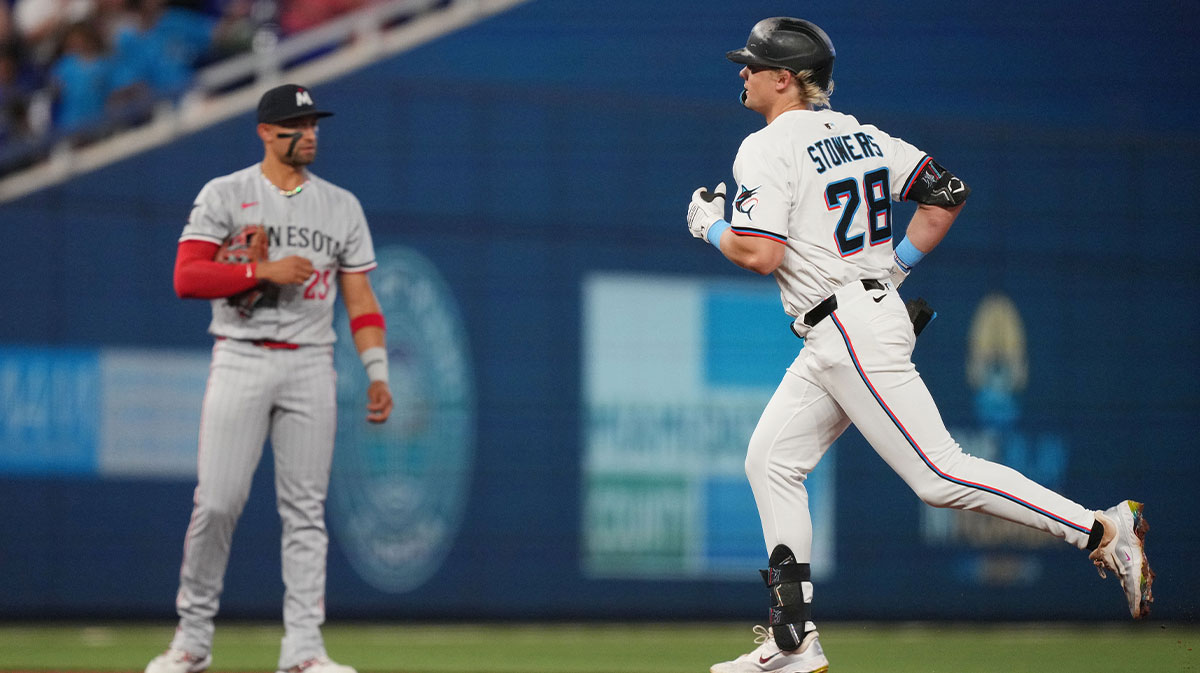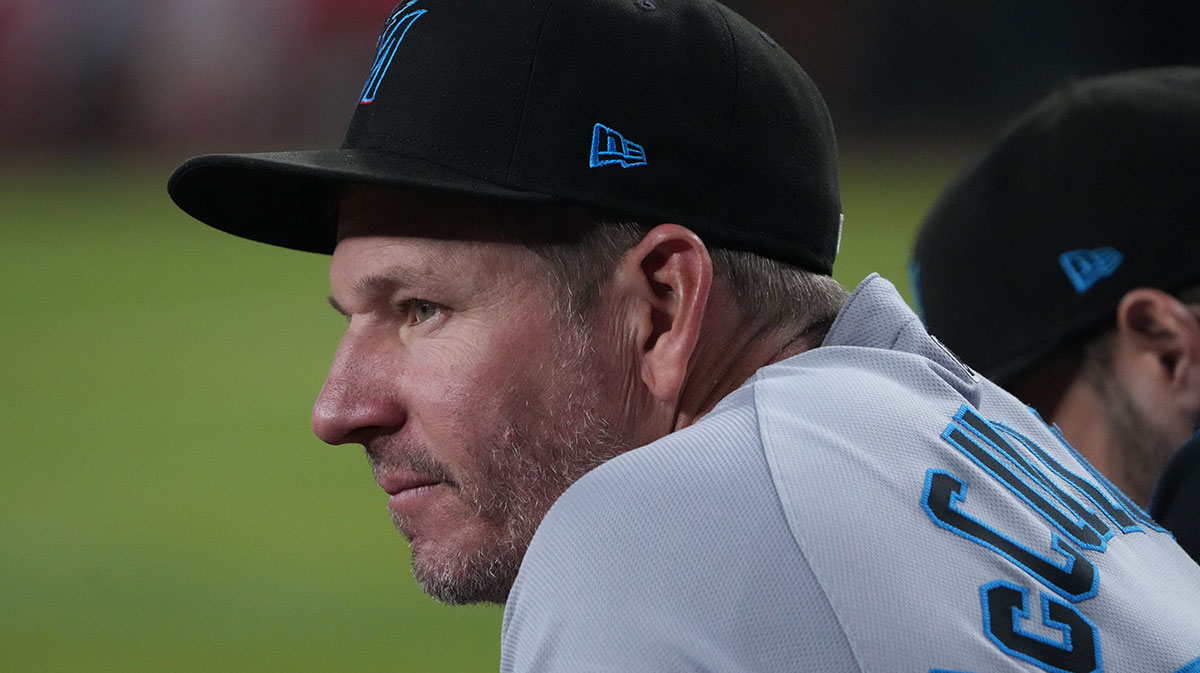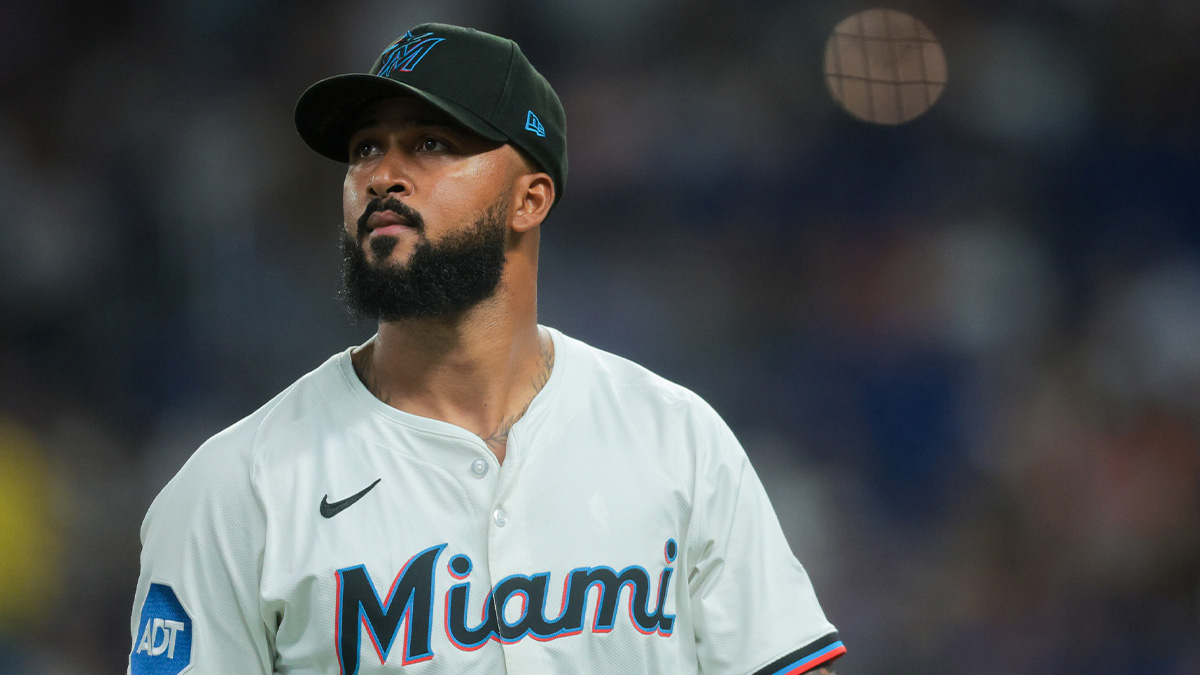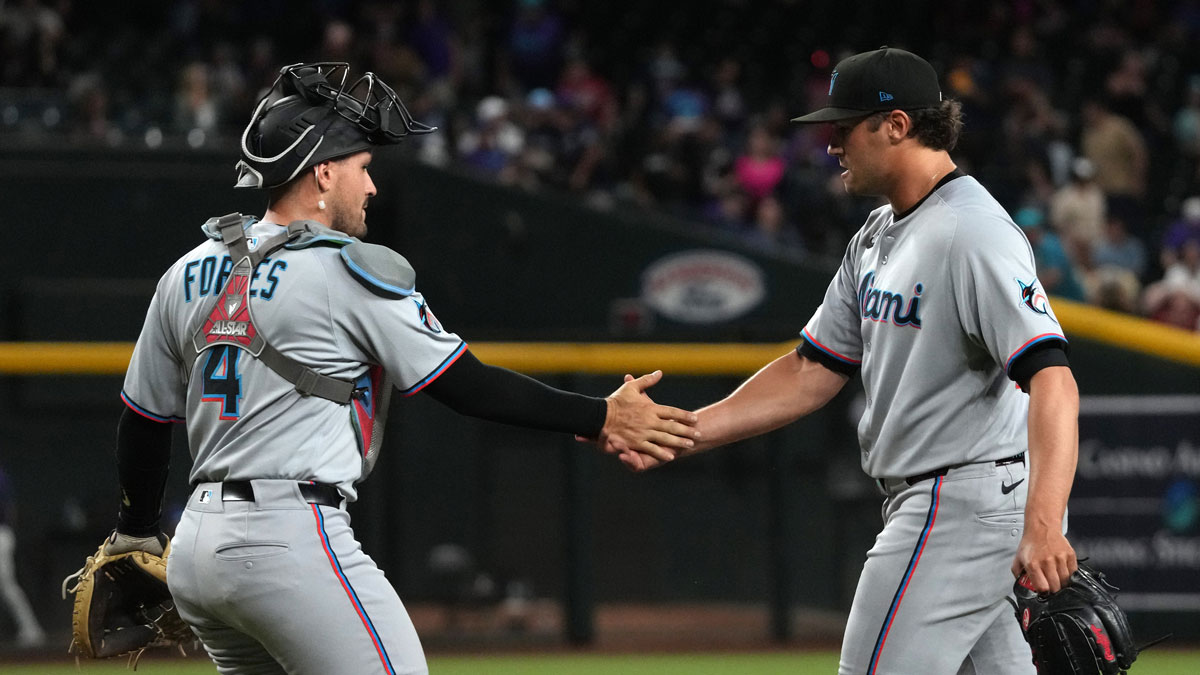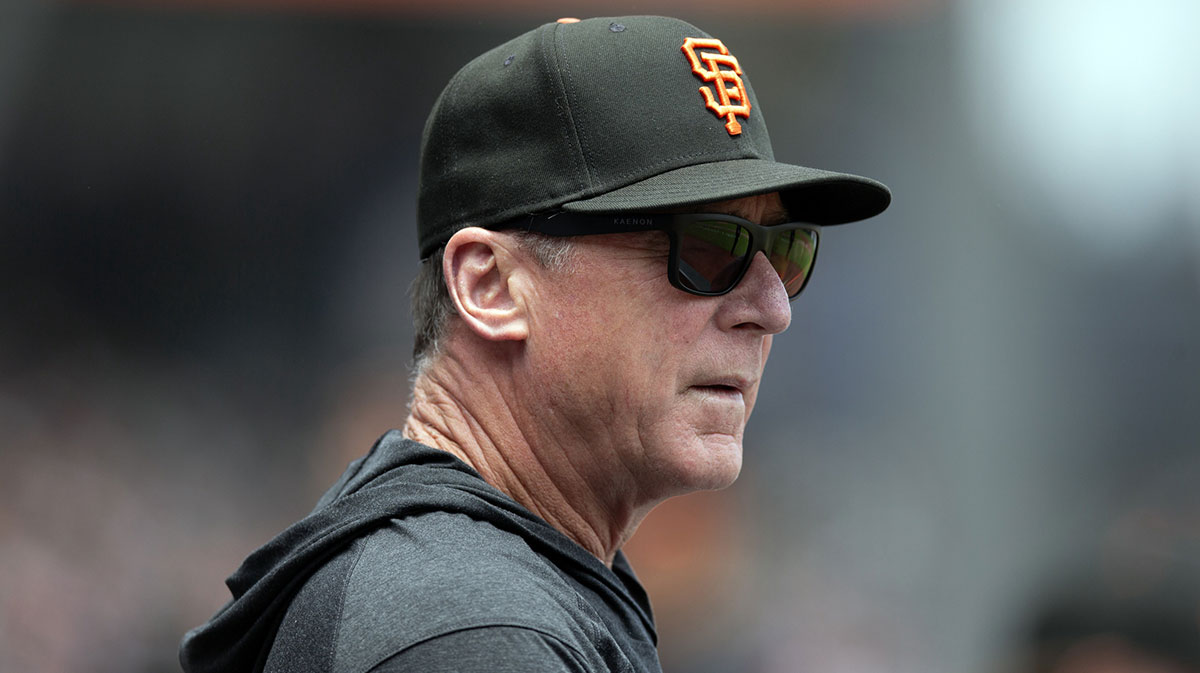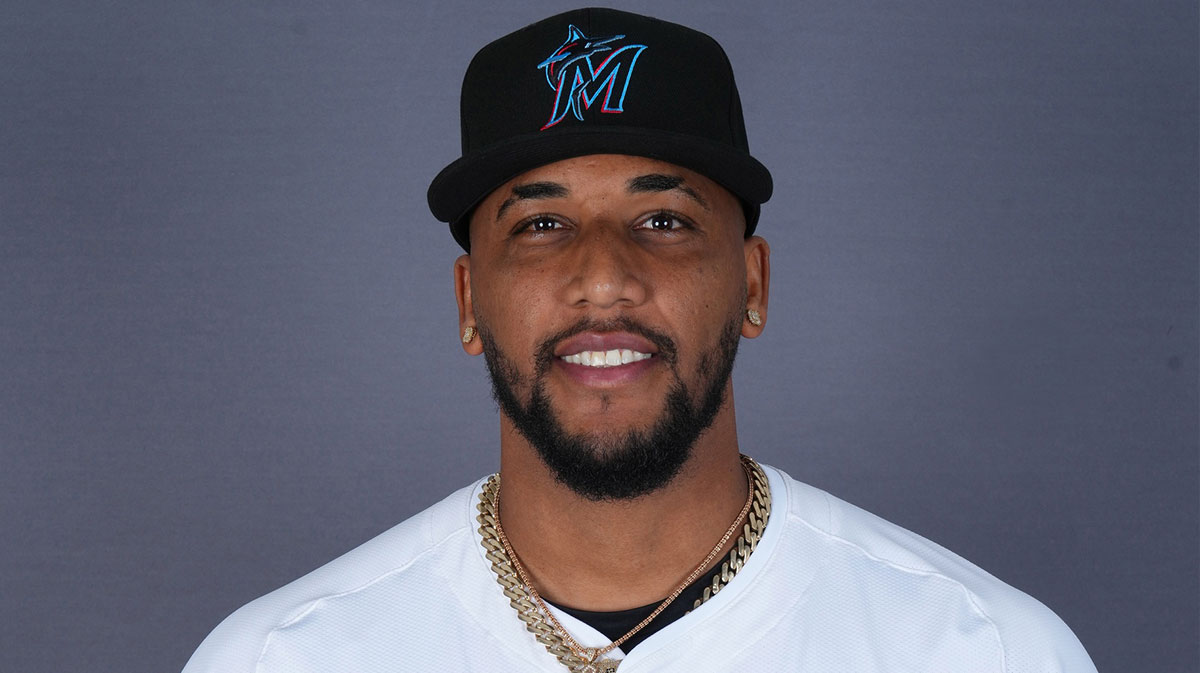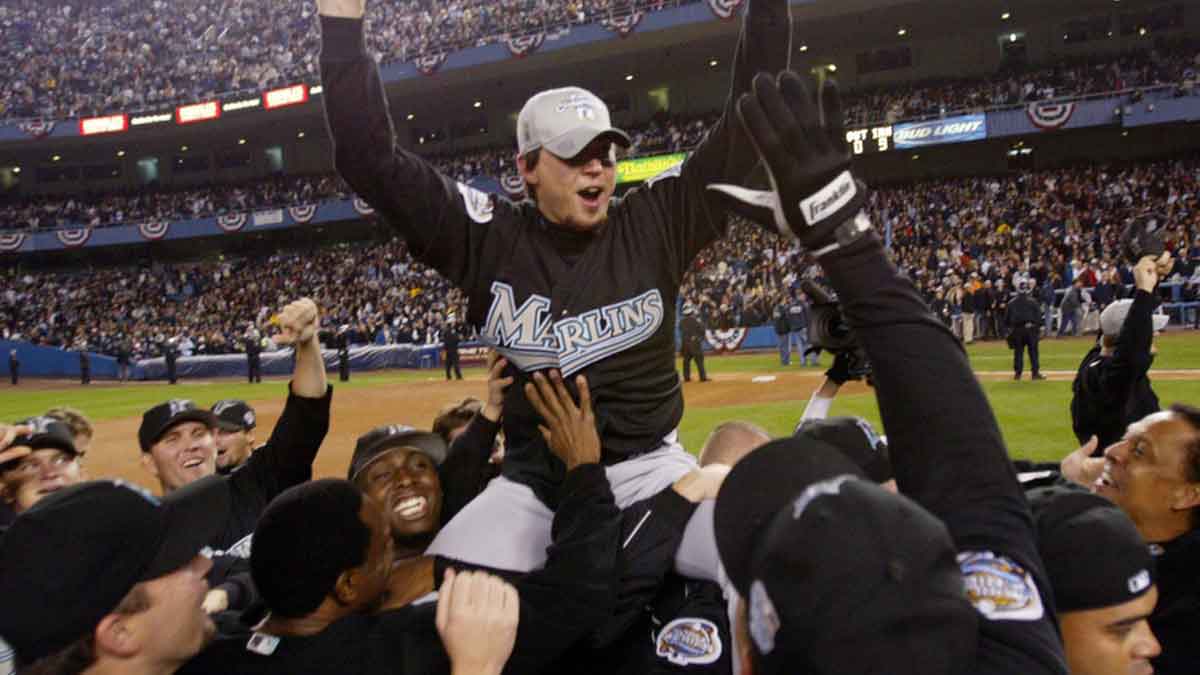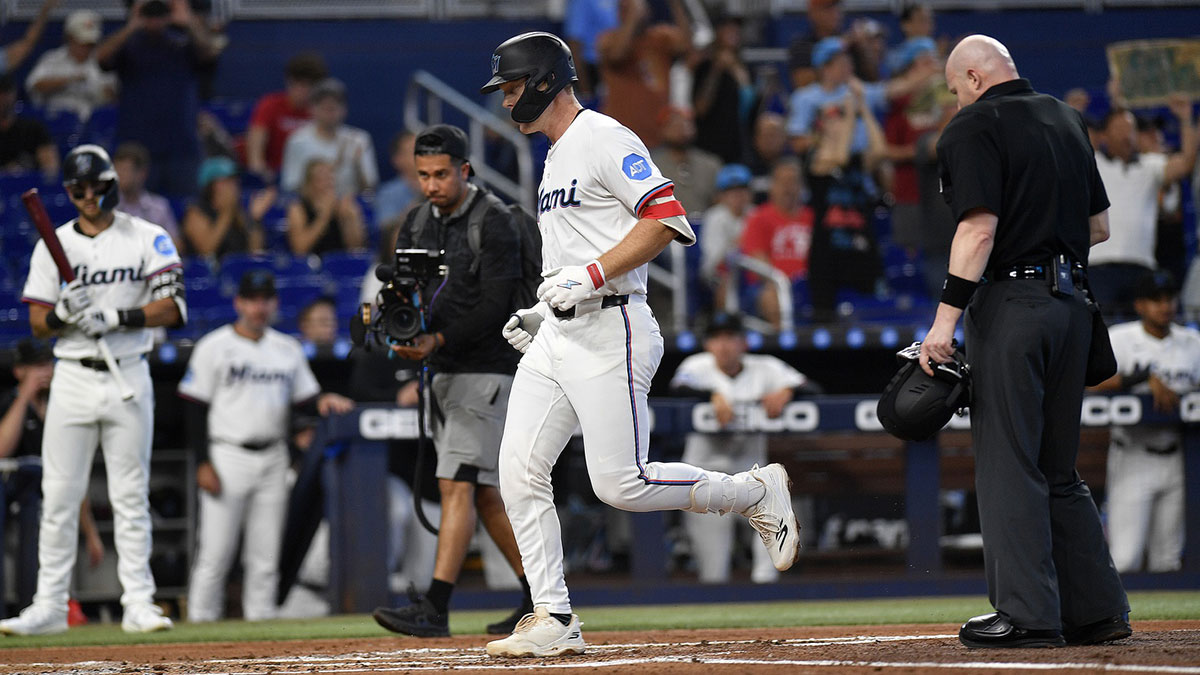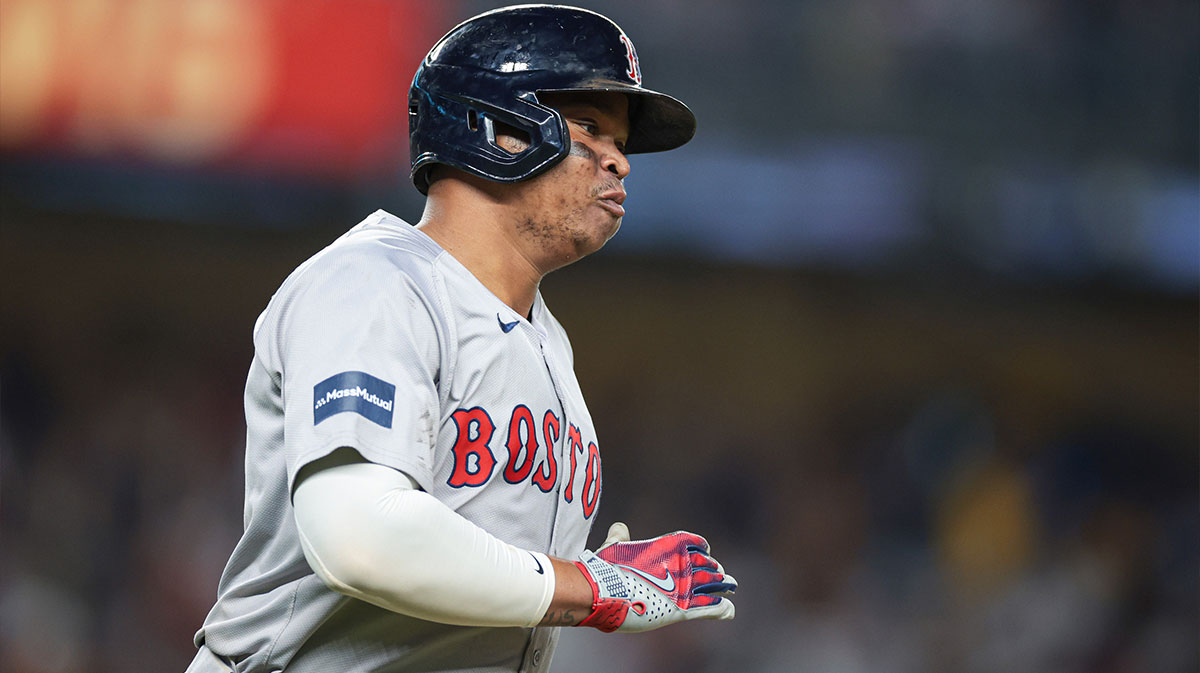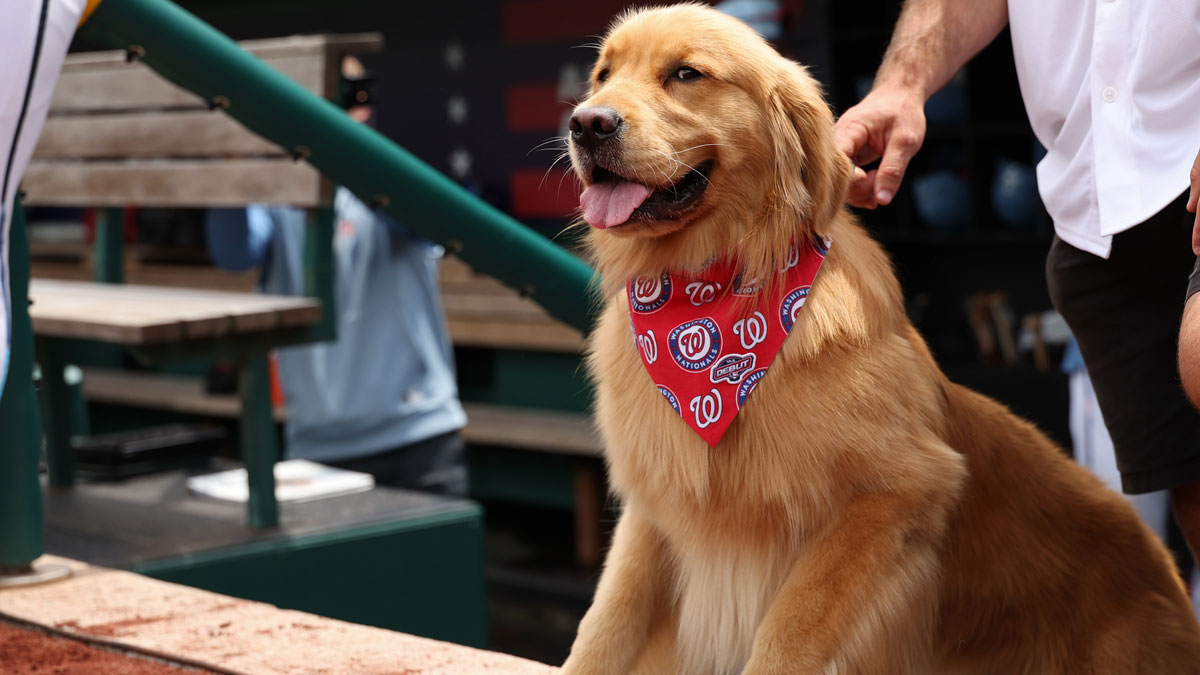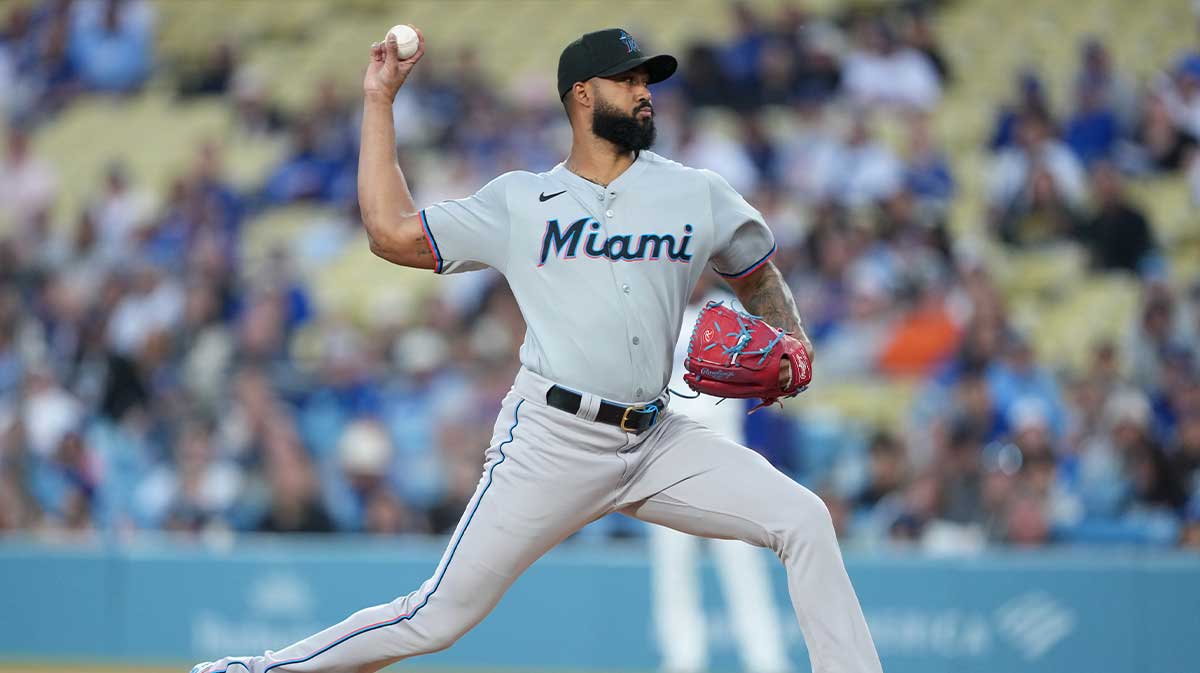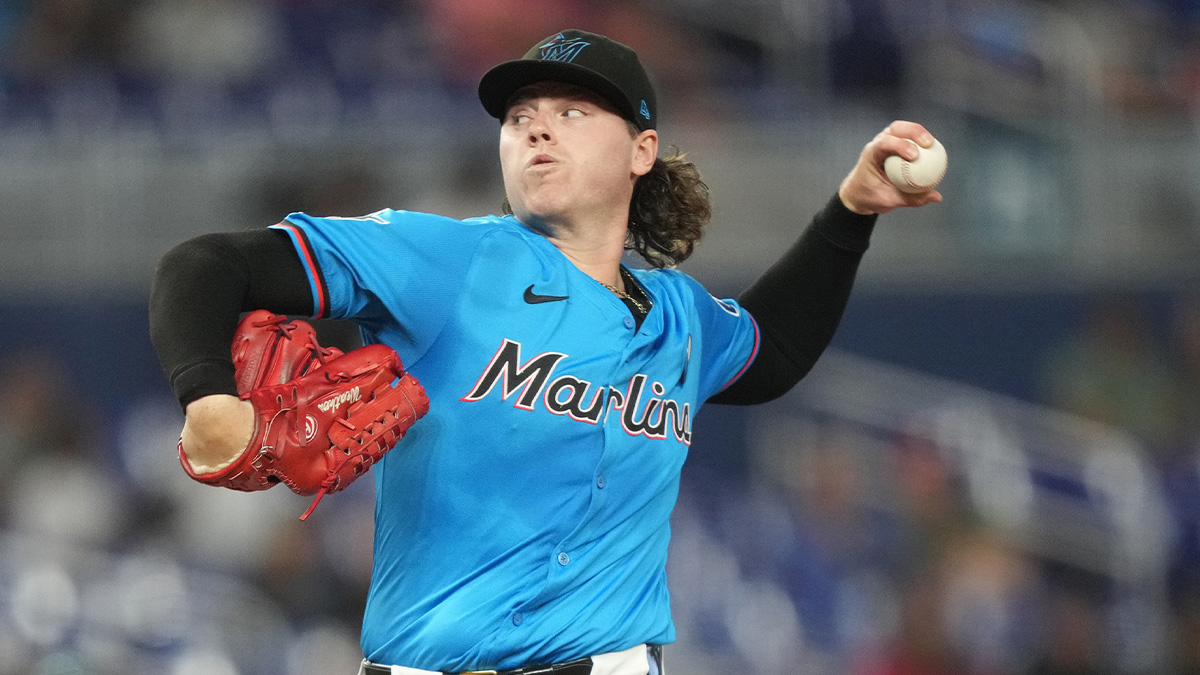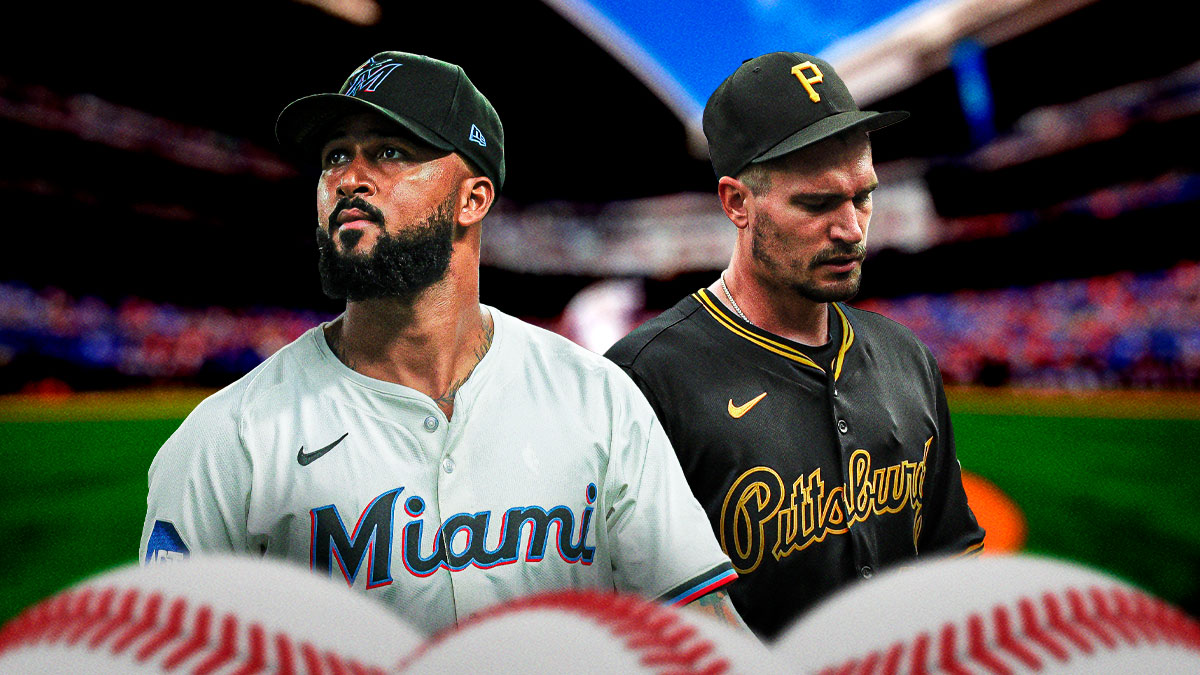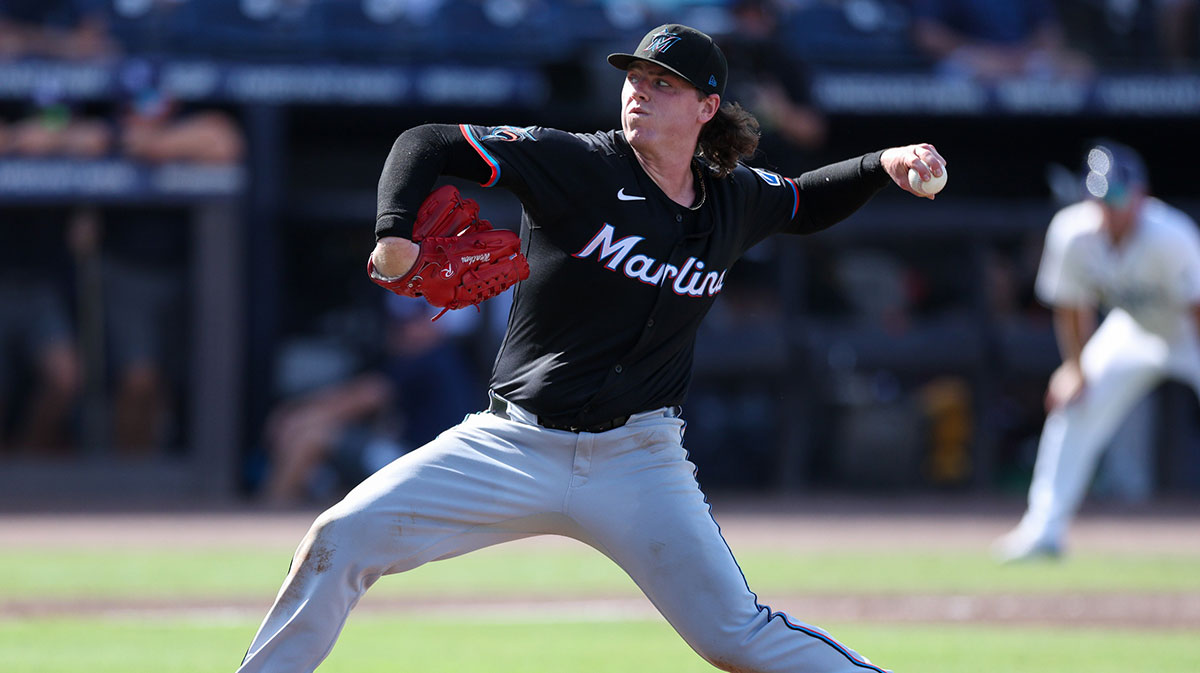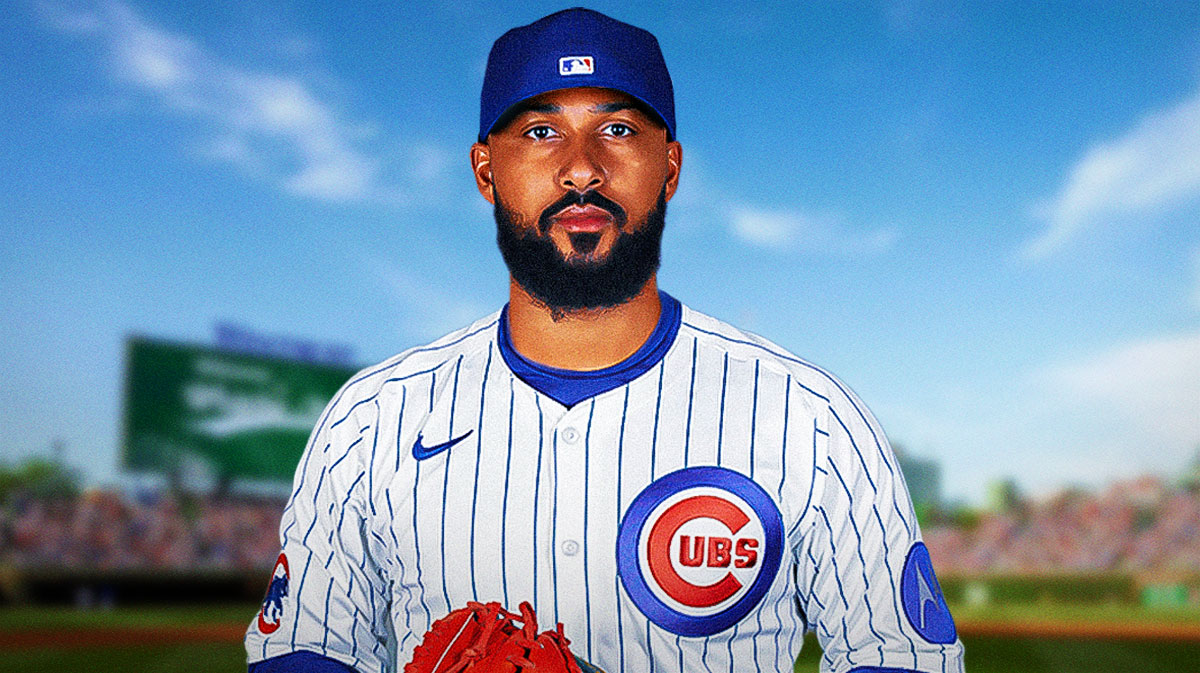For a team that has been a cellar dweller for so long, their farm system does not reflect that, which is what has been a big-time hindrance for the Miami Marlins, especially after Derek Jeter came in to run the team as CEO.
After building a monstrosity of a vibrant ballpark, the team has failed to bring fans in, year in and year out, forcing fans and critics alike to start formulating opinions on if the team will be moving any point soon, even with the new stadium. The state of Florida seemingly has an issue with valuing professional sports teams, as the Marlins, Tampa Bay Rays, Miami Dolphins, Tampa Bay Buccaneers and Orlando Magic have all faced issues with fan interest, with the only team consistently holding fans’ interest is the Miami Heat.
Sticking with baseball and specifically the Marlins, their future seems to be a bit brighter after they cleared house, but not as sparkling as it should be after sending out the likes of Giancarlo Stanton, Christian Yelich, Marcell Ozuna and Dee Gordon, among others. Those were the core members of the team, something that others should have to pay a premium to acquire.
Apparently, the whole equal trade book was thrown out the door every time a team called, as Miami has arguably lost every single deal made involving those four previously-mentioned players. While it is hard to predict that Yelich would become the National League MVP the season after being shipped to Milwaukee, the return packages for all four players have been mediocre at best.
While not as improved as it could or should be at this time, the team’s farm system has seen a vast improvement due to an influx of talent. Ending the 2018 season with the league’s 19th-best farm system is nothing to write home about, unless it is.
The team finished 2016 with the league’s worst farm system, only improving one slot to 29th after the 2017 campaign concluded. 19th is still below average, albeit barely, but it still is a step in the right direction for the franchise.
https://www.youtube.com/watch?v=vow5w0vNByU
According to MLB pipeline rankings, 70 percent of the team’s top-20 prospects were added to the farm system between December of 2017 and October of 2018, a small time frame for such a big turnover. This frame does not even take into account the team’s best prospect, who was just signed on Oct. 22, Victor Victor Mesa, who with his brother Victor Mesa Jr., were signed during the international signing period.
Recounting the four major deals, the return for Stanton resulted in the franchise’s number six and 13 prospects, P Jorge Guzman and middle infielder Jose Devers, respectively. Not a huge return, but for the team to get out of Stanton’s monster contract was the overall goal, so it is hard to gauge exactly how much the team could have reasonably expected to get in return.
For the reigning NL MVP, Milwaukee sent a quartet of prospects over, including two top-10 prospects at the time in center fielder Lewis Brinson and outfielder Monte Harrison. Brinson has graduated from the prospect rankings, as he was penciled in as the Marlins’ starting center fielder, struggling through his first official full MLB season with the club. Harrison has been a real bright spot, as he is the franchise’s second-best prospect.
As for the two other prospects that were included, infielder Isan Diaz, who was included in the Chase Anderson/Aaron Hill deal between the Brewers and Arizona Diamondbacks, is ranked ninth-best in the system and is actually the league’s fourth-best second baseman in all of the minor leagues a huge honor. The fourth and final member of the trade, pitcher Jordan Yamamoto, has panned out in the minors so far, as he currently resides as the team’s 17th best.
Both Harrison and Diaz are being pegged to be called up at some point during the 2019 season.
For Ozuna, the Marlins received two pitchers, no. 3 Sandy Alcantara and no. 20 Zac Gallen. Alcantara pitched 34 innings in the majors last season as a starter and figured to be one of the rotation mainstays in ‘19, while Gallen pitched at Triple-A New Orleans with a 3.65 ERA over 25 starts for the Baby Cakes.
Finally, Gordon brought back the team’s fourth-best prospect in pitcher Nick Neidert and the 18th-best in shortstop Christopher Torres. Neidert impressed in Double-A last season, going 12-7 with a 3.24 ERA for Jacksonville.
The team’s fifth, eighth, fourteenth and sixteenth-highest prospects were all drafted in 2018, rounding out the top 20 in the team’s system.
So from here, Jeter and his brain trust, which includes President of Baseball Operations and General Manager Mike Hill as well as manager Don Mattingly, will need to determine a focus for the team in 2019 and beyond, one that should hopefully result in the team adding instead of subtracting.
While building the farm system is the top priority, if there is an opportunity for the team to add a quality younger stud through a trade, then the front office should seriously consider jumpstarting the rebuilding process at that moment.
It has taken this long to even improve the farm system ten positions, which seems like an eternity, but it seemingly all falls on Jeter’s shoulders, as his decision making was the result of shipping out Stanton, Yelich, Ozuna and Gordon. If he can understand the process needs to be flipped, then the team can change its mindset and move towards making noise once again in the league.
For too many years, the Marlins have been considered one of the league’s doormats that has a colorful home, that now is missing the Marlin statue. With Jeter and company finally settling into the role after tearing the team apart from its roots, Miami and its fans should be excited about what is in store for its professional baseball franchise.
Things have not looked this up since the days of Miguel Cabrera, Hanley Ramirez, Luis Gonzalez and Craig Counsell were wearing the ugly grey and black pinstripe uniforms and carrying their team to a World Series championship.
Keep your chins up Marlins fans, the best is right around the corner.

